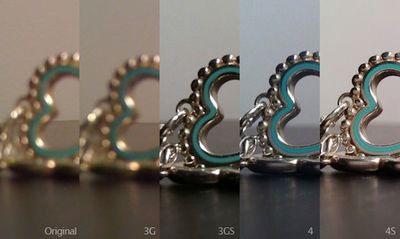
Lisa Bettany, one of the developers behind Camera+, has posted two interesting series of photos comparing the camera quality across all generations of the iPhone, as well as to Canon point-and-shoot and professional-level cameras.
The iPhone 4S is dramatically clearer and sharper than previous iPhone versions. Using separate focus and exposure in Camera+ on the iPhone 4 & 4S significantly helped create a more balanced exposure. While it's not nearing the same quality as a professional level dSLR, it is comparable to a top of the line compact camera and even outshines it in some ways.
PetaPixel has taken the images from the iPhones and presented portions of them side-by-side to provide the clearest example of how the iPhone's rear-facing camera has evolved over the years.
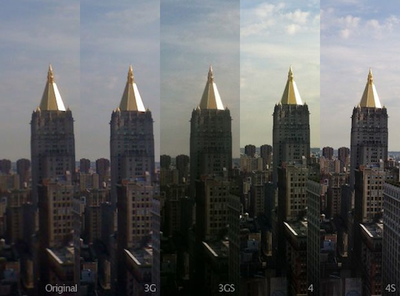


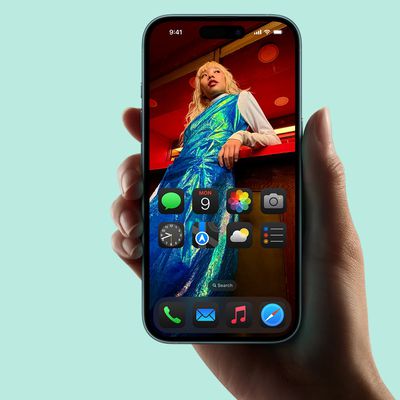
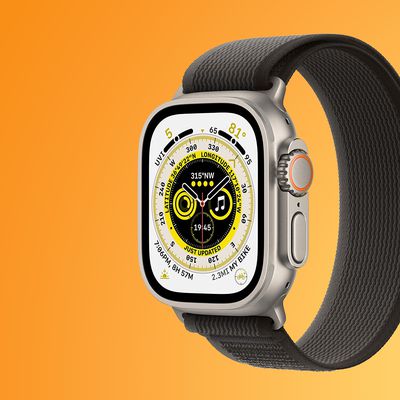

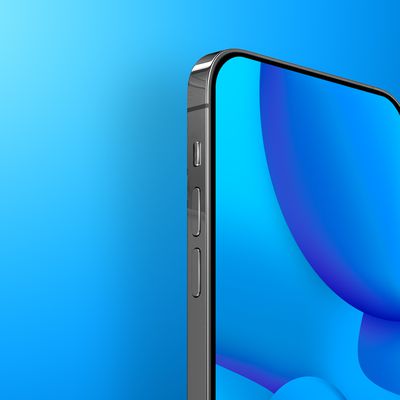

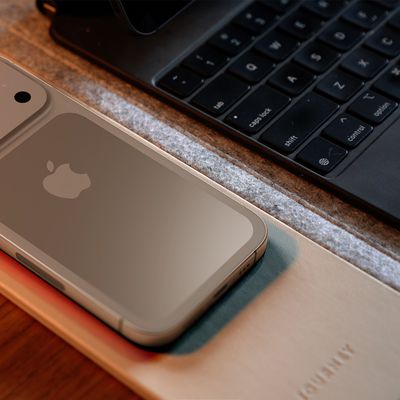













Top Rated Comments
At the park
Having dinner
On the beach
Bad Mobile Phone Camera --> Best Mobile Phone Camera
No MMS on iPhone --> Now you can iMessage/Tweet/MMS almost anything from any iOS device
No eSATA on Mac --> Now you get Thunderbolt
No Voice Recognition --> Now you get a personal assistant
No Copy/Paste on iOS --> Now the slickest select/copy/paste touch UI out there
No Multitasking on iOS --> Now smart Multitasking that saves your battery
No HDMI on iPhone/iPad --> Now you have HDMI/Composite/Component adapters + AirPlay
No Magazines on iOS --> Now you get Newsstand
No Third Party Apps --> Now App Store has more apps than Palm ever did
Poor Cloud Offering --> iCloud will effortlessly sync your stuff + 3rd party apps
Sure there are some things that Apple usually just does catch-up on. The "WiFi Hotspot" on iPhone was one example, but it was basically AT&T blocking that. Technically the iPhone 3GS was the first to offer tethering, but AT&T did not support it until iPhone 4 was almost out, so Apple did not bother with hotspot. And decent notifications were ultimately a cross between Web OS and Android functionality with some pretty UI and a nice sliding gesture to jump to the app and some widgets in the notification center. But Apple by and large does three things:
1) Completely change a market with a ground-breaking product introduction
2) Sit back and leap frog the competition once they feel they have something that is good enough or done right to fit with their road map
3) Produce a solid or above-average (or even best implementation) that is more or less a clone of the competition's offerings
What they don't do is:
1) Add a feature or product without extensively testing it internally
2) Add a feature or product just because the competition is doing it
3) Add something that is going to require more customer support and therefore lower customer satisfaction ratings
I don't doubt Apple's ability to add willy nilly features. Rather I suspect it comes down to internal prioritization and fitting those features into a road map that is already in place. Blu-Ray has never fit in Apple's roadmap since they want everything to be a download to a hard drive or be available in the cloud, so they will always leave that to third-party providers.
And YES, this can be frustrating when Apple's priorities don't match your personal individual priorities.
;)
They tested on a macro shot which original and 3g did not have that capability... Not fair at all...
Please explain why an Intel-developed technology capable of doing ALL OF THE THINGS YOU SAID is "blunder?" Proprietary adapter? That has yet to be seen.
Fair point.